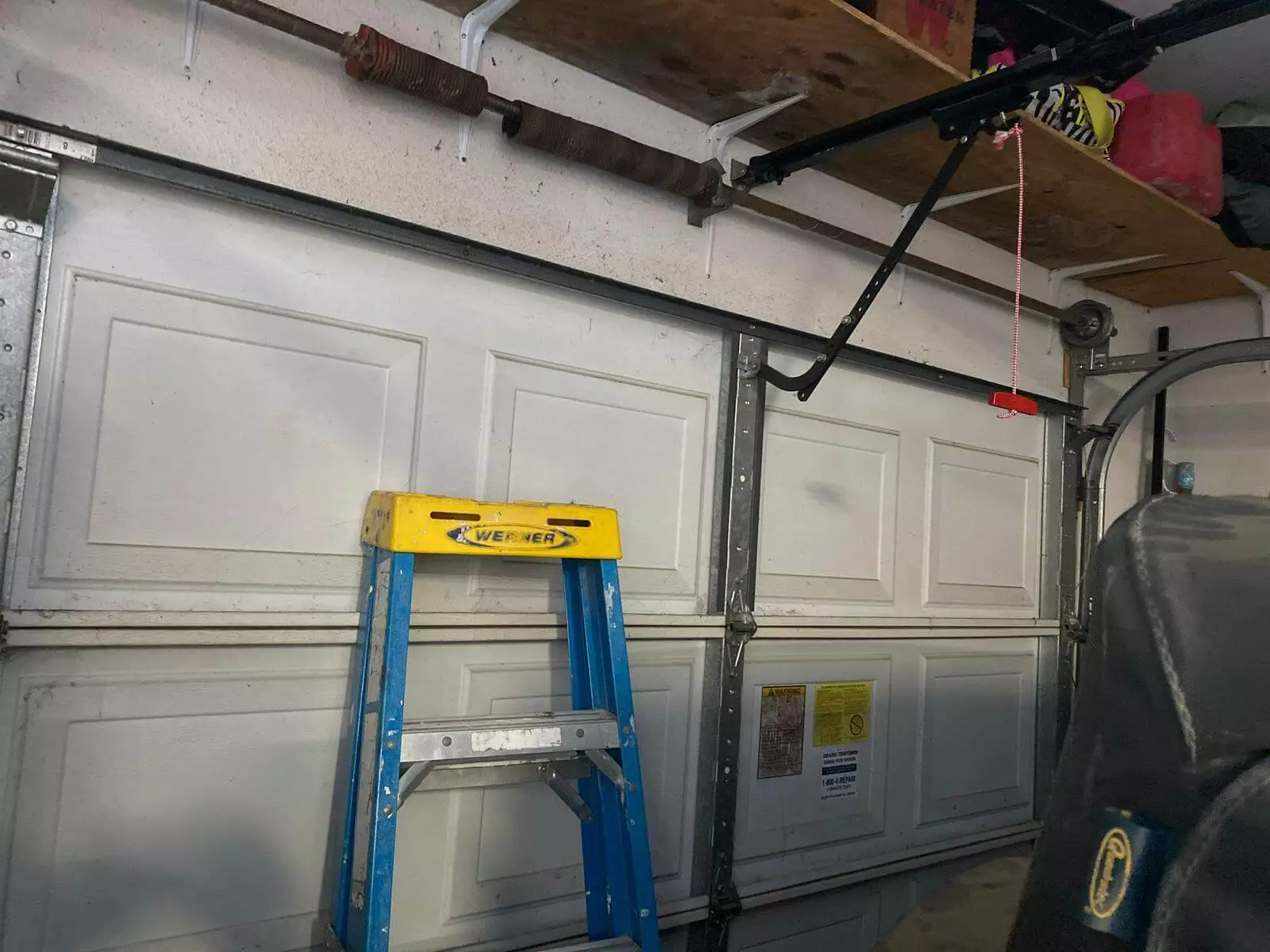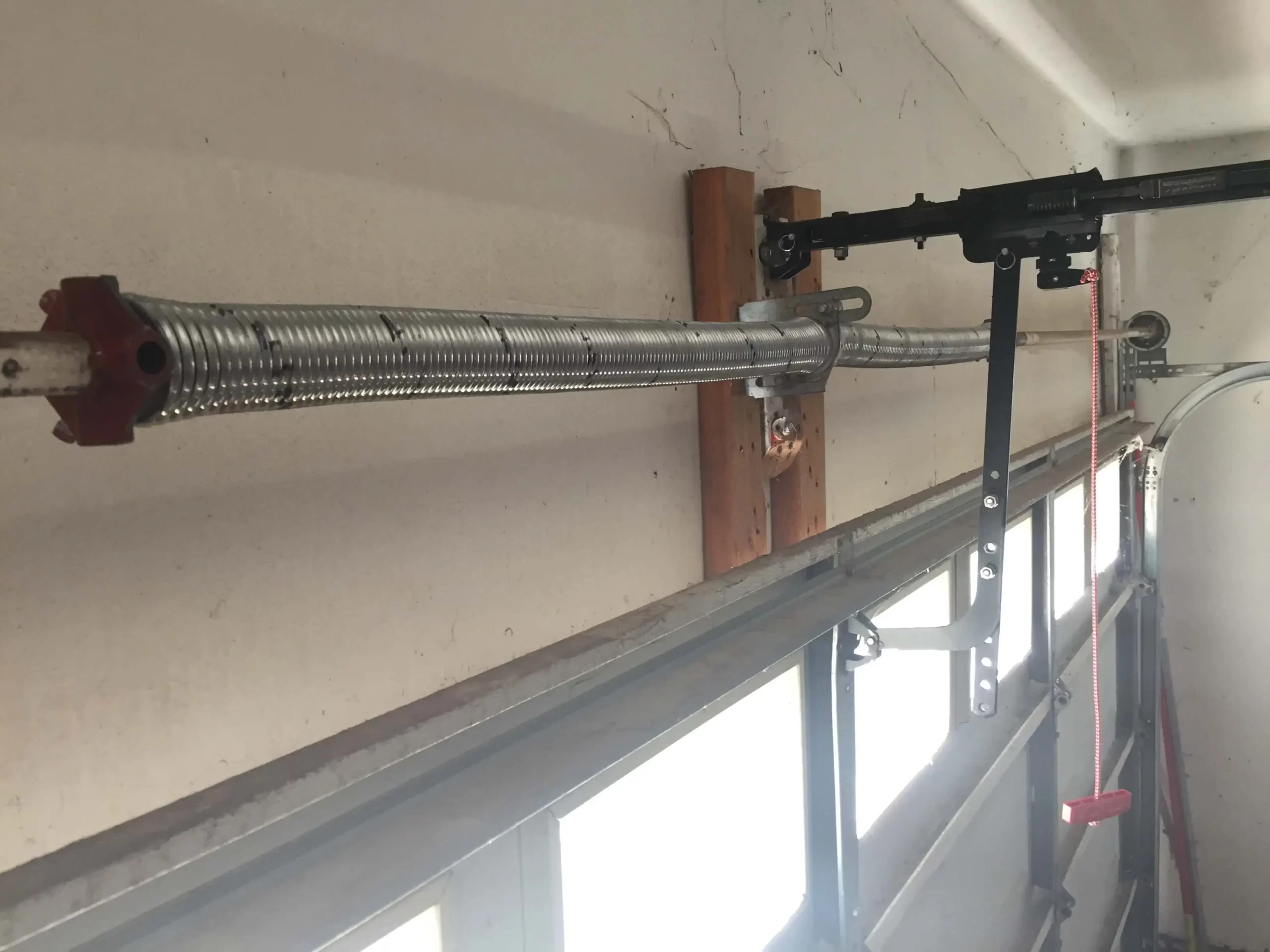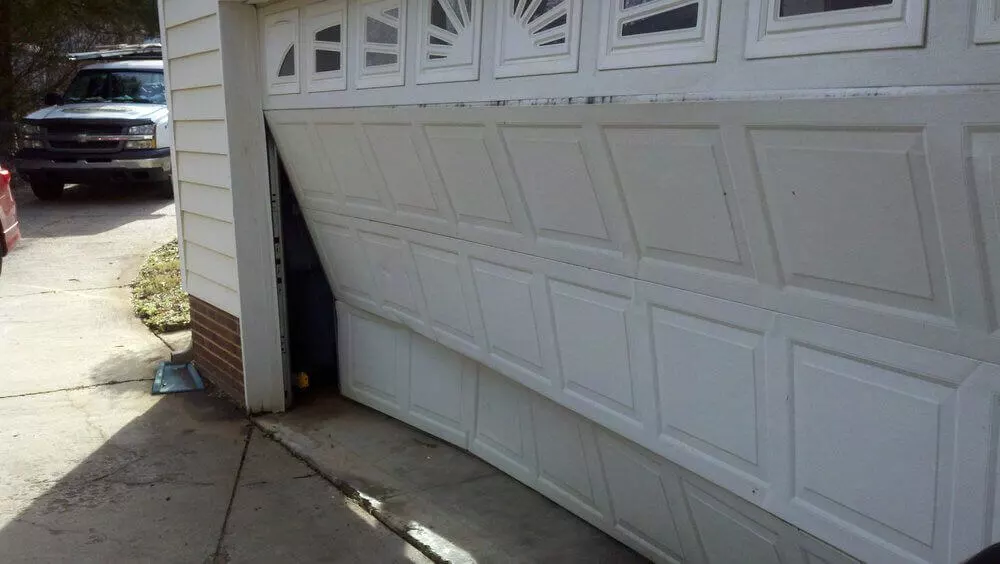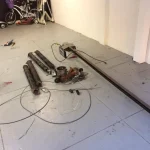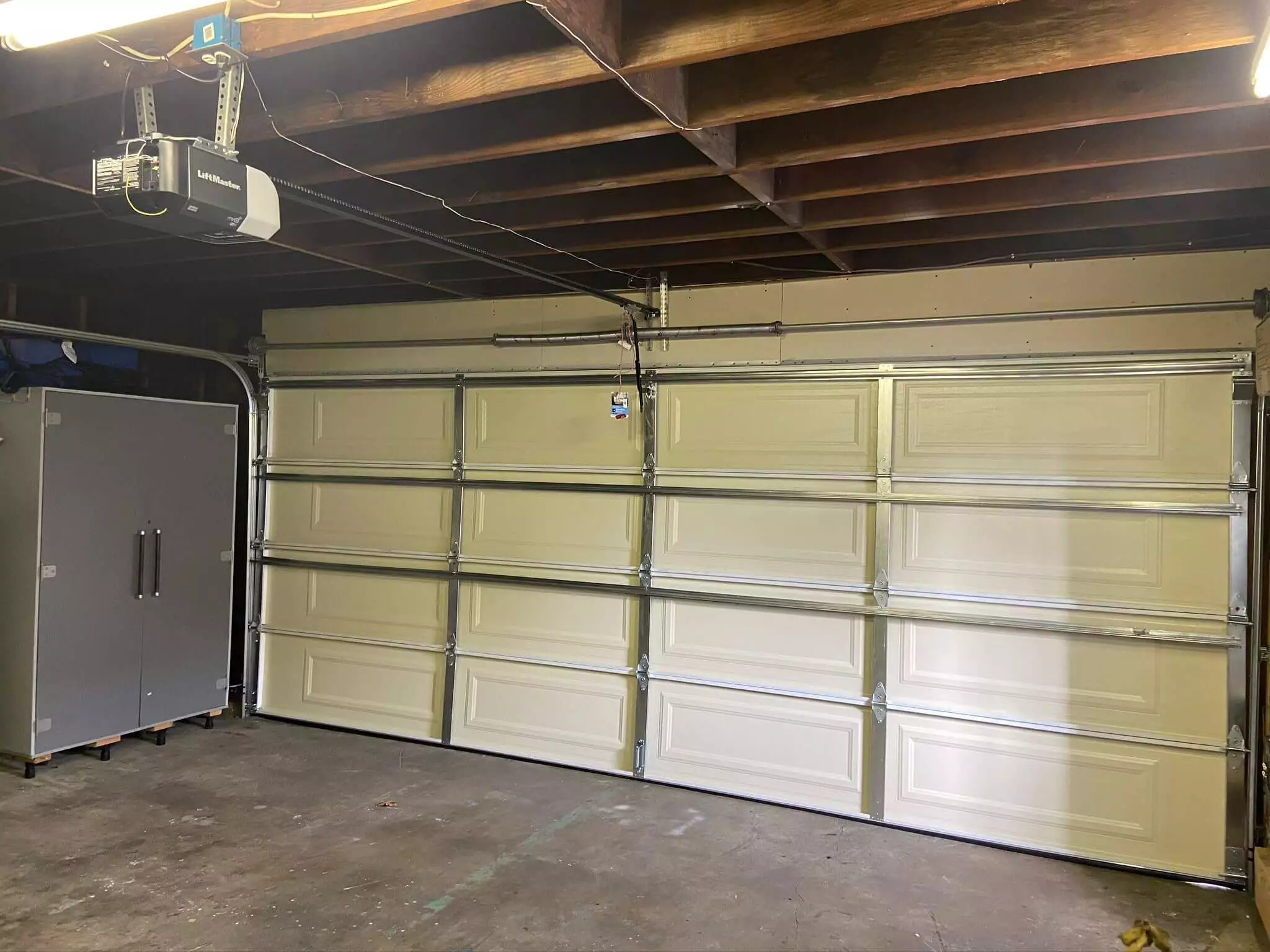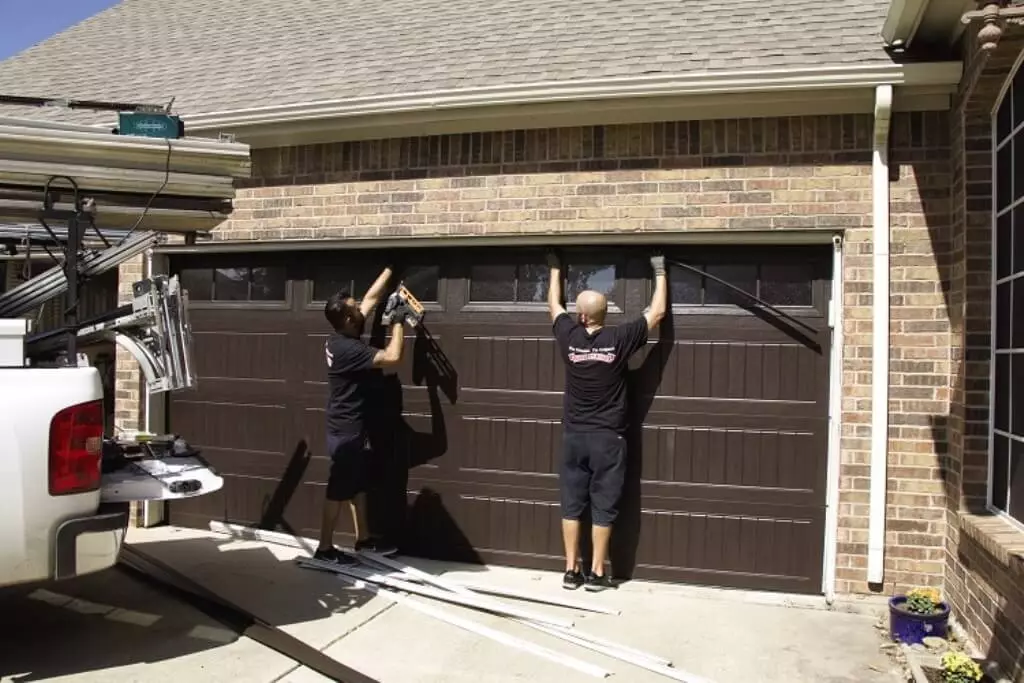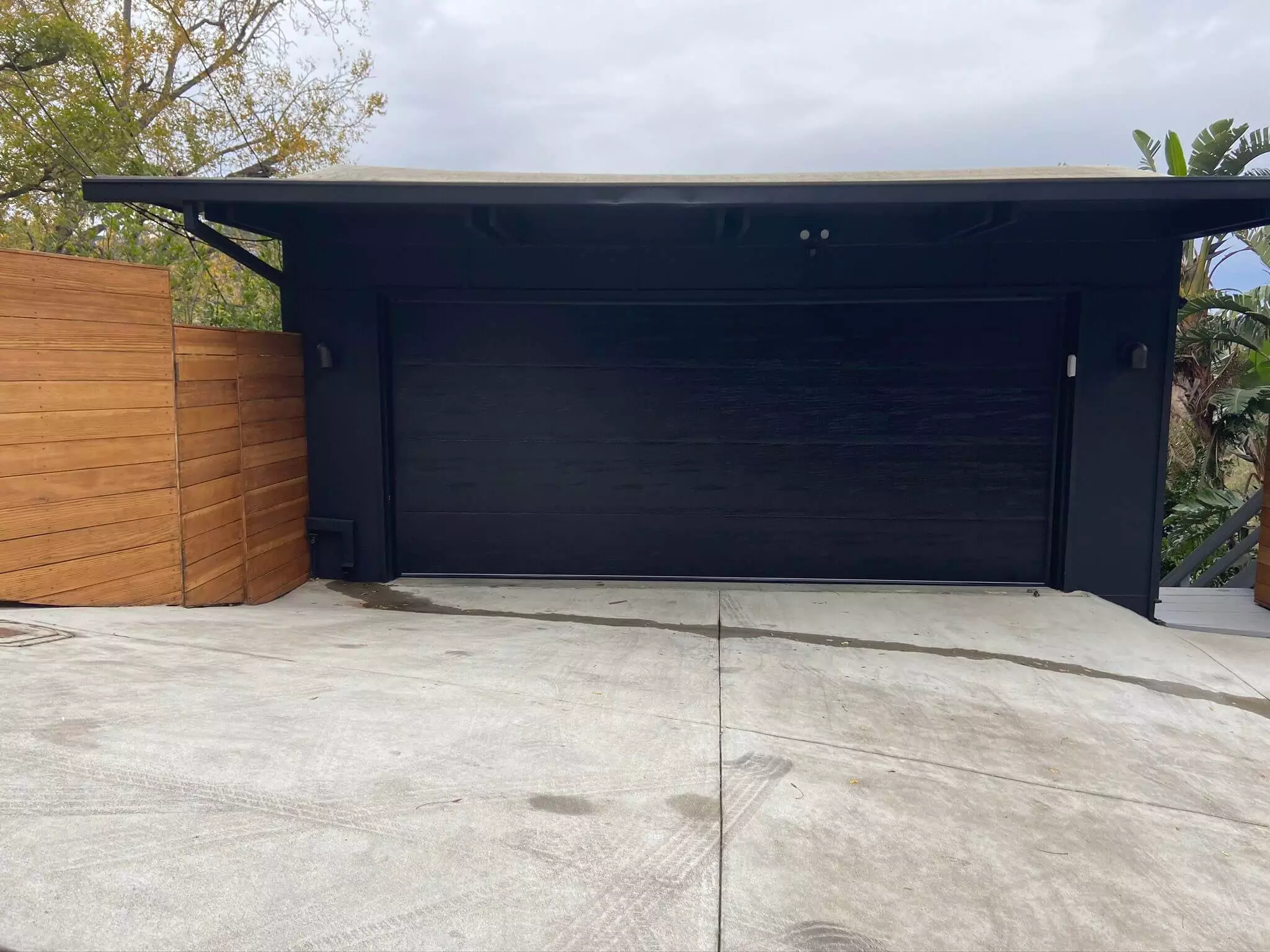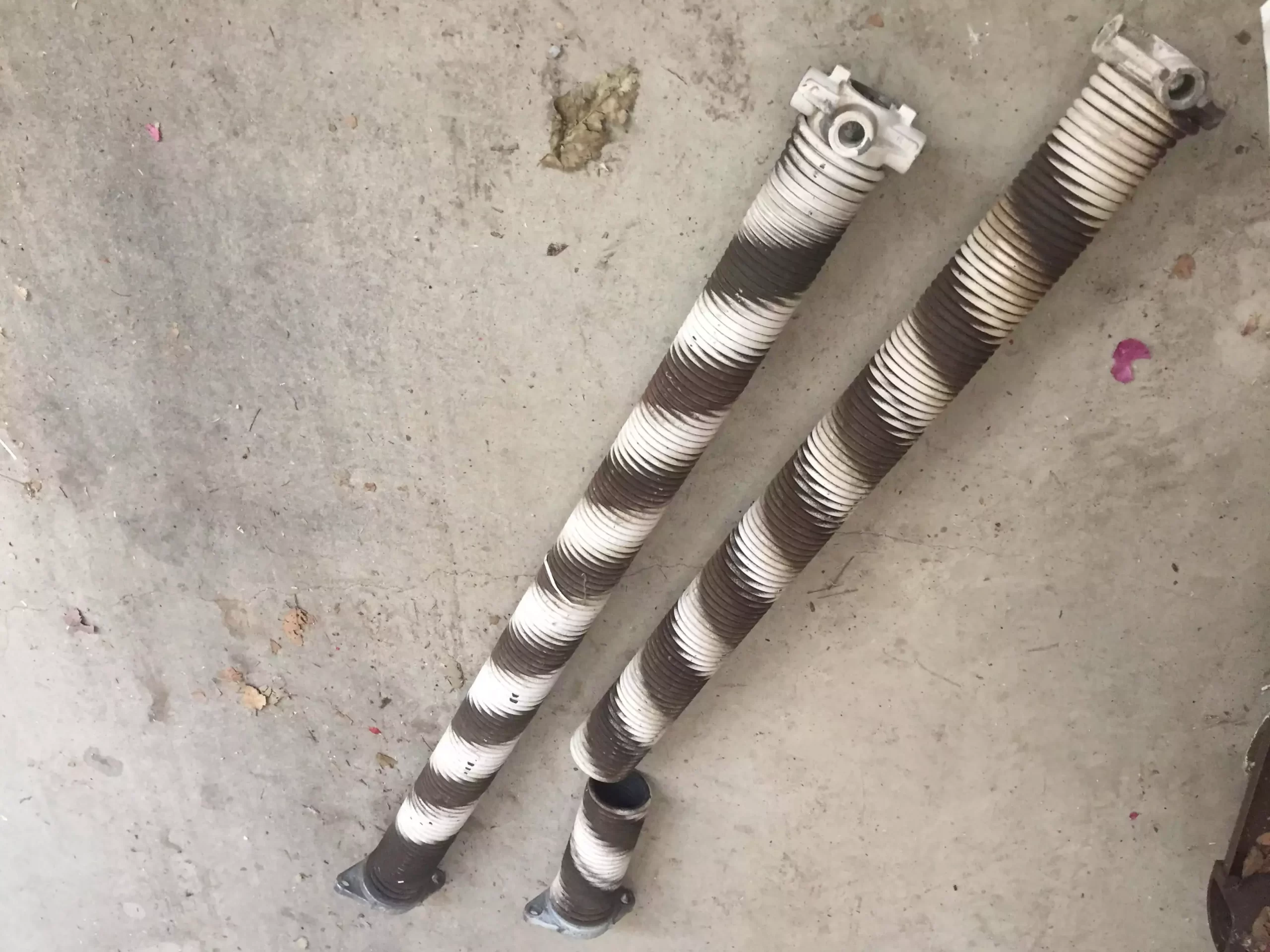Are you facing the frustrating issue of a rusted garage door spring? A rusty spring compromises the smooth operation of your garage door and can lead to potential safety hazards. Fortunately, with a bit of know-how and the right tools, you can tackle this problem head-on and restore your garage door’s functionality.
This guide will walk you through the step-by-step process of repairing a rusted garage door spring, ensuring a safer and smoother garage door operation.
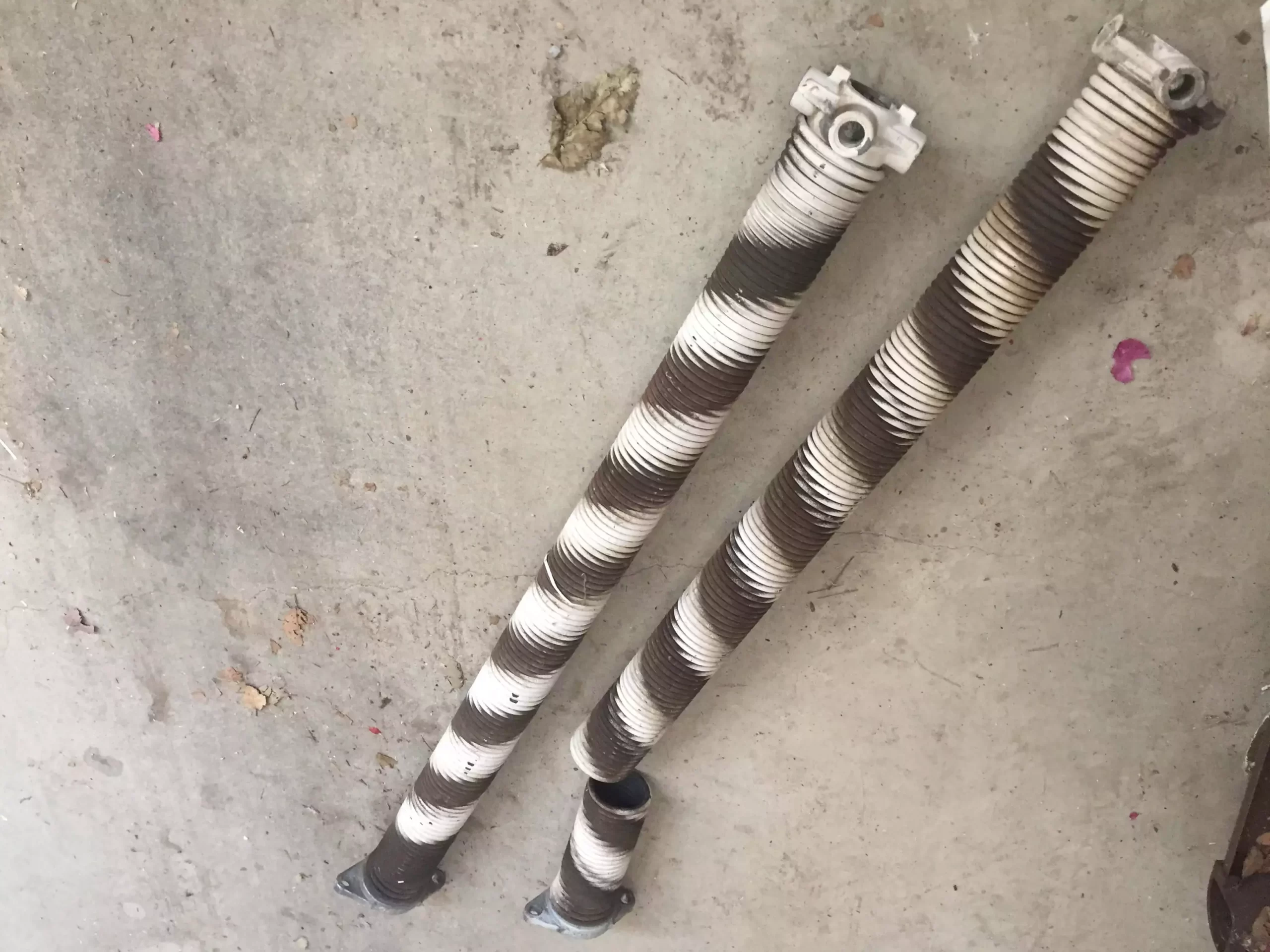
Understanding the Risks of Rusted Garage Door Springs
Rusted garage door springs can be a serious concern as they may weaken over time, leading to potential failure. When spring breaks, it can cause the door to come crashing down unexpectedly, posing a significant safety risk to people and property. Therefore, it is crucial to address rust issues promptly to prevent accidents and costly repairs.
Safety First: Gather the Necessary Tools and Equipment
Before starting any repairs, prioritize your safety by gathering the necessary tools and equipment. You will need a pair of safety goggles, work gloves, an adjustable wrench, a socket wrench, winding bars, and a rust-removing agent. Having these items readily available will ensure a smooth and efficient repair process.
Secure the Garage Door and Disconnect the Opener
Begin by securing the garage door in the closed position. Disconnect the opener to prevent any accidental movement during the repair. This step is essential to maintain a safe working environment and minimize the risk of injury.
Release the Tension in the Springs
To repair the rusted spring, it is crucial to release the tension carefully. Using the winding bars, insert them into the winding cone holes and gradually release the tension by turning the bars in the appropriate direction. Take your time during this step, as it requires caution and precision.
Remove and Inspect the Rusted Spring
Once the tension is released, you can safely remove the rusted spring. Carefully disconnect the spring from its attachment points and inspect it for any signs of excessive corrosion or damage. If the rust has severely compromised the spring’s structural integrity, it’s recommended to replace it entirely for optimal safety and performance.
Clean and Treat the Rusty Surfaces
With the rusted spring removed, it’s time to clean and treat the affected surfaces. Use a rust-removing agent and a wire brush to remove the rust from the spring, ensuring a smooth and clean surface. Once the rust is removed, apply a rust-inhibiting spray or primer to protect the spring from future corrosion.
Install the New Spring or Reattach the Cleaned Spring
If you’ve opted to replace the rusty spring, carefully install the new one according to the manufacturer’s instructions. Make sure to attach it securely and reapply the tension using the winding bars. Alternatively, if the cleaned spring is still in good condition, reattach it to its original position, ensuring a secure connection.
Test and Fine-Tune the Garage Door
After completing the repair, carefully test the functionality of your garage door. Slowly open and close it several times to ensure it moves smoothly without any unusual noises. If needed, make minor adjustments to the spring tension to achieve optimal balance and performance.
Final Thoughts
Repairing a rusted garage door spring is a task that requires attention to detail and adherence to safety measures. By following the steps outlined in this guide, you can restore your garage door’s functionality and ensure a safer operating environment.
However, if you’re unsure about your ability to perform the repair or encounter any difficulties during the process, it’s always wise to seek assistance from a professional garage door repair service, such as Garage Door Spring Repair Chesapeake. Remember, properly maintaining your garage door springs is essential to prolong their lifespan and maintain the smooth operation of your garage door.
Social Links: Podcasters.Spotify, Castbox, Podcastsmanager.Google, Radiopublic, Music.Amazon

George is a wonderful person. He is very nice and always willing to help out! He loves his job because it lets him share interesting things with people who want to know about new developments in the world of technology.

